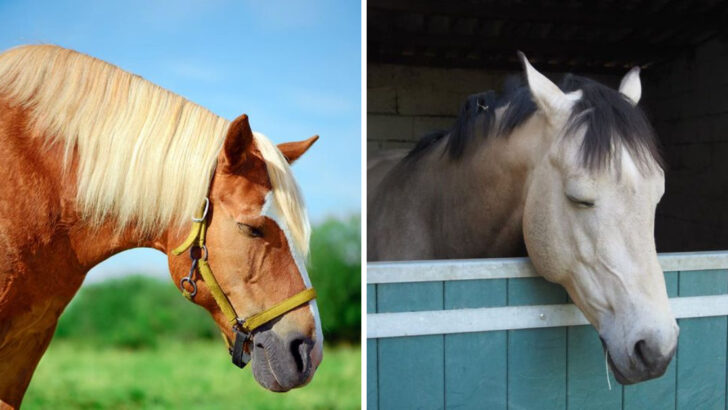Horses are nature’s insomniacs—light sleepers with their legs locked and ready to run.
While most animals curl up for a cozy nap, horses stay on their feet, dozing like seasoned warriors prepared for battle. It’s not just a quirky habit; it’s a survival strategy honed over millions of years.
From built-in leg braces to ultra-alert senses, these incredible creatures have adapted in ways that would make any survivalist jealous. Every trait is designed to keep them one step ahead of predators—even in their sleep.
Get ready to uncover 14 wild adaptations that make horses the ultimate escape artists of the animal kingdom.
Stay Apparatus
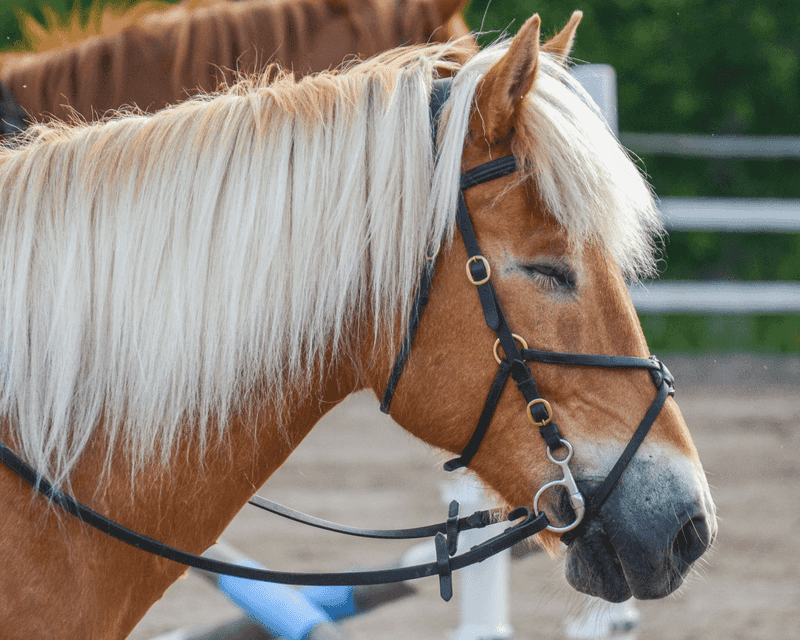
Horses possess a unique anatomical feature known as the stay apparatus. This system includes tendons and ligaments that lock their legs, allowing them to remain standing with minimal muscular effort. This adaptation helps them conserve energy during rest.
The stay apparatus functions by preventing the collapse of their legs, enabling them to doze while standing. This ability is crucial for avoiding predators in the wild, as it allows a quick escape if danger arises.
By saving energy and staying alert, horses can survive in environments where agile responses to threats are necessary.
Light Sleepers
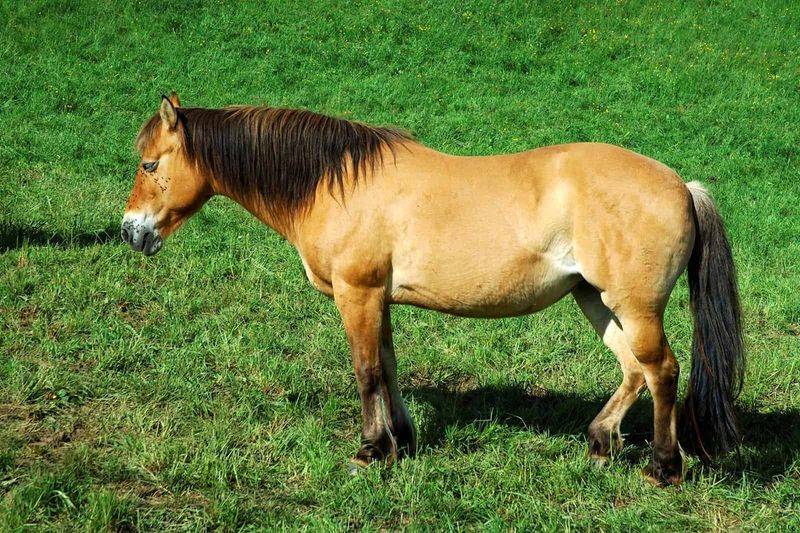
Horses are light sleepers, a trait that stems from their need to remain vigilant against predators. While they do experience deep sleep, it usually occurs while lying down for short periods.
Their ability to sleep lightly while standing ensures they can quickly react to any potential threats. This adaptation allows them to rest without being completely vulnerable.
By balancing light sleep with brief deep sleep sessions, horses maintain the alertness needed for survival. This balance is a perfect example of how evolution has fine-tuned their ability to adapt to various environments.
Herd Behavior
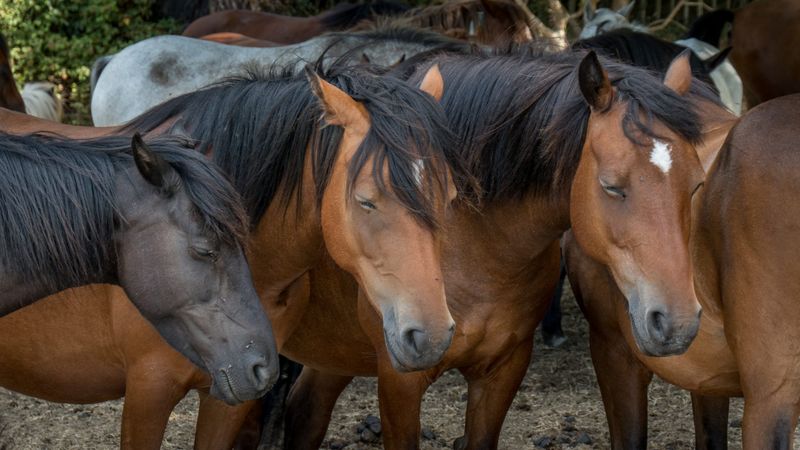
Horses are social animals that rely on herd behavior for protection. When one horse sleeps, others remain alert, watching for potential dangers. This strategy allows for shared vigilance, ensuring the group’s safety.
The herd mentality is a remarkable adaptation that has evolved to protect individual members while resting. This collective security means that horses can afford to sleep standing up, knowing others are on guard.
This adaptation not only strengthens social bonds but also enhances survival by distributing the responsibility of keeping watch across the group.
Rapid Wakefulness
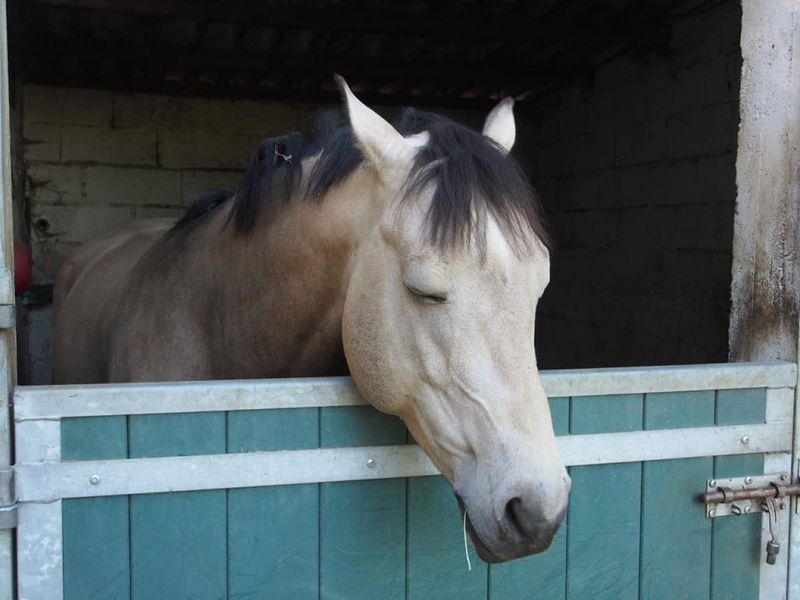
Horses have evolved the ability to wake up rapidly from a standing sleep position. This adaptation is crucial for their survival, allowing them to quickly respond to any threats.
Their bodies are primed to transition from rest to full alertness in an instant. This responsiveness is vital in the wild, where hesitation can be the difference between life and death.
This ability not only helps them escape predators but also enables them to react to changing environmental conditions, highlighting their adaptability and keen survival instincts.
Natural Camouflage
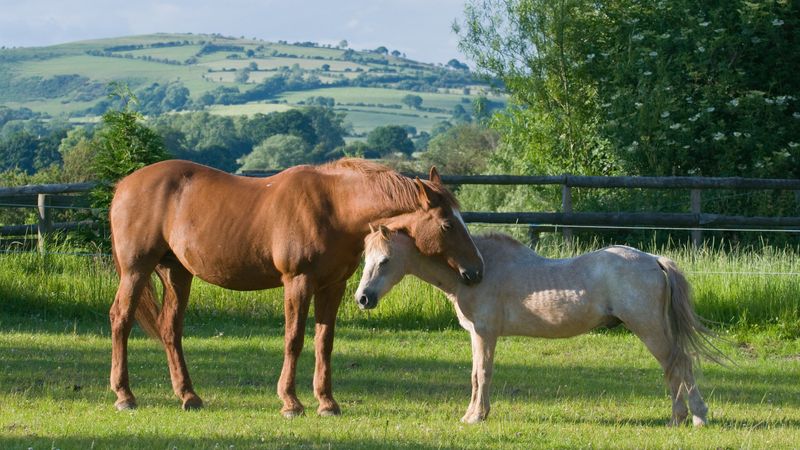
The natural coloring of a horse often provides a form of camouflage in their native habitats. This adaptation helps them remain unnoticed by predators while they rest.
Whether it’s the muted browns of a forest or the golden hues of a savanna, a horse’s coat can blend seamlessly into its environment. This visual disguise allows them to stand and sleep while minimizing the risk of detection.
Camouflage is a passive yet effective survival strategy, allowing horses to rest discreetly, reducing the likelihood of attracting unwanted attention.
Instinctual Flight Response
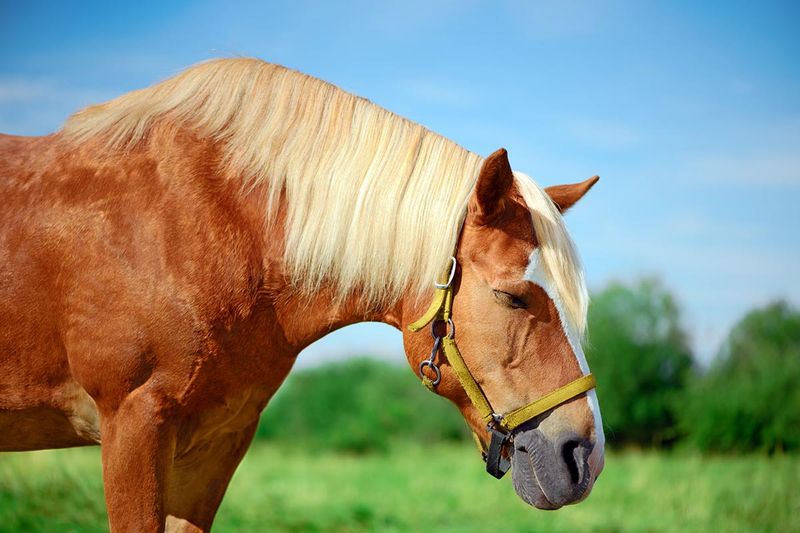
Horses are hardwired with an instinctual flight response, enabling them to bolt at the slightest hint of danger. This powerful instinct is why they can sleep standing up, ready to flee if necessary.
Their bodies are always poised for action, even during rest periods. This readiness is crucial in the wild, where threats are ever-present.
The flight response is a key survival mechanism, reflecting their evolutionary past. It’s a testament to how their physiology and instincts have adapted for immediate action, enhancing their chances of survival.
Flexible Sleep Patterns
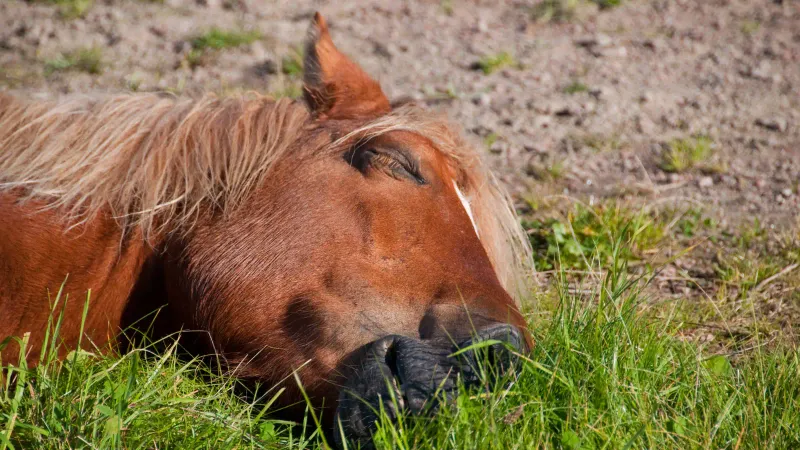
Horses have developed flexible sleep patterns to adapt to various environmental conditions. They can switch between standing and lying down based on their surroundings and perceived safety.
This flexibility allows them to maximize rest while minimizing vulnerability. When conditions are safe, they might choose to lie down for deeper sleep.
By adapting their sleep habits, horses ensure they get the necessary rest without compromising safety. This ability to adjust demonstrates their resilience and the success of their evolutionary strategies in diverse settings.
Shared Vigilance
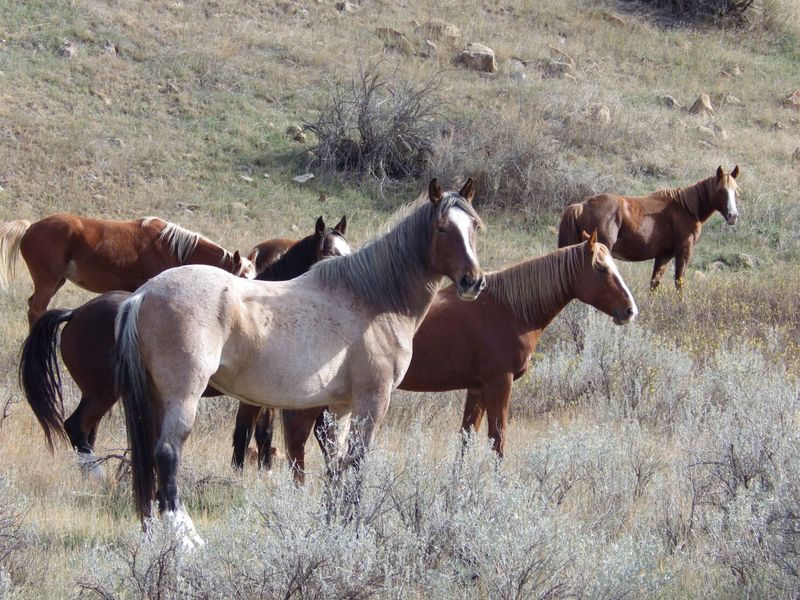
In the wild, horses often rely on shared vigilance within the herd. One horse stands guard while the others rest, allowing for a balanced distribution of watchfulness.
This social adaptation ensures at least one member is always alert, ready to signal danger. It strengthens herd dynamics and enhances collective survival.
Shared vigilance is a sophisticated behavioral strategy, reflecting the importance of cooperation and communication among horses. It allows them to sleep standing up with a sense of security, supported by the group’s protective network.
Sound Sensitivity
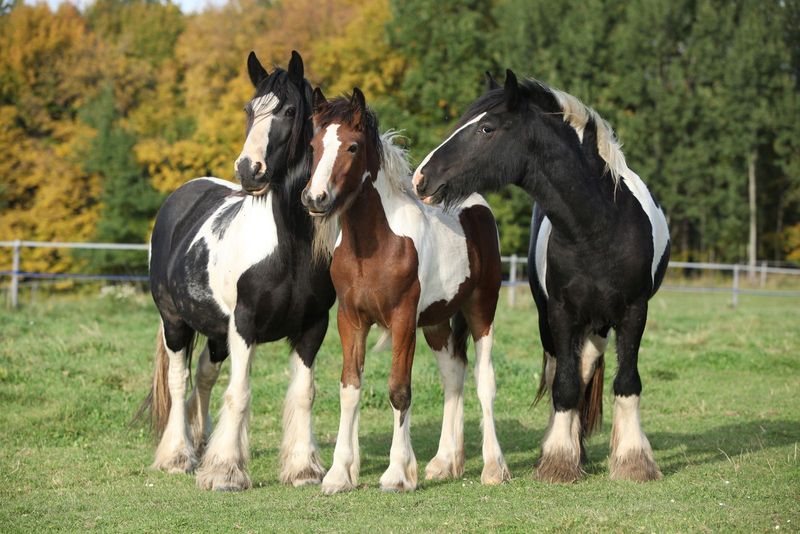
Horses have an acute sense of hearing, enabling them to detect sounds even while dozing. This sensitivity to auditory cues is essential for their survival.
Their ears can swivel to pinpoint the direction of sounds, allowing them to react swiftly to potential threats. This adaptation means they can stay alert during rest, ready to respond to any unusual noises.
By relying on sound sensitivity, horses enhance their ability to remain undisturbed while standing. This keen auditory awareness is a critical aspect of their defense mechanism, preserving their safety during sleep.
Reduced Fatigue
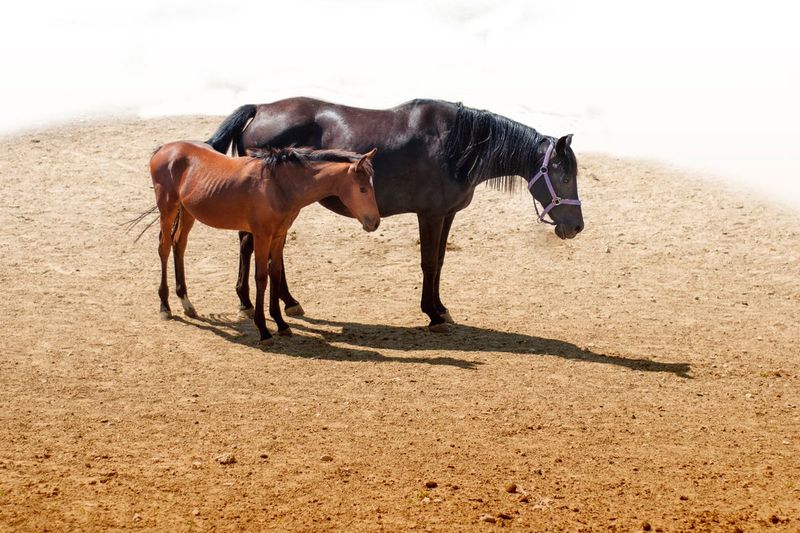
Standing sleep helps horses reduce fatigue by allowing them to rest without lying down. Their unique anatomy supports this posture, ensuring they conserve energy efficiently.
The stay apparatus plays a significant role in minimizing muscular exertion, enabling them to relax while standing. This adaptation is vital for horses that need to be ready for sudden movement.
By reducing fatigue through standing sleep, horses maintain their strength and readiness. This method of rest reflects their evolutionary adaptation to environments where being alert and energized is crucial for survival.
Environmental Awareness
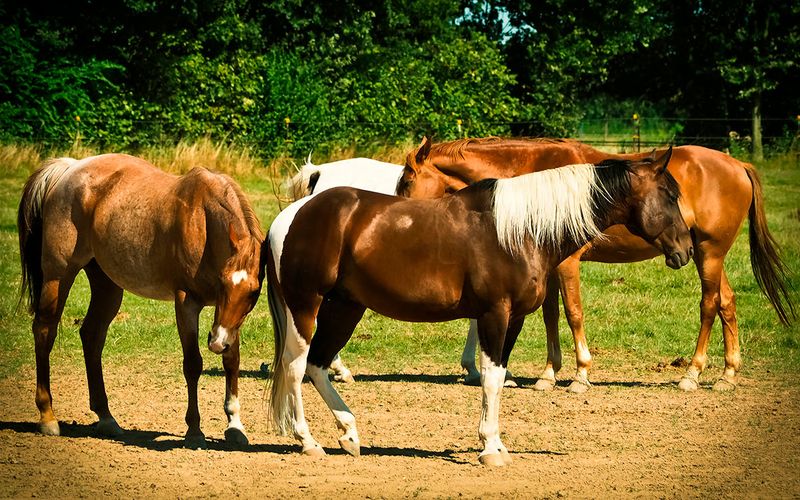
Horses possess a heightened sense of environmental awareness, enabling them to detect changes in their surroundings even while resting. This awareness is a key factor in their ability to sleep standing up.
They constantly scan their environment for signs of danger, ready to react if needed. This vigilance is matched with their physical adaptations, allowing them to rest without losing touch with potential threats.
Environmental awareness is a testament to a horse’s survival instincts, showcasing how their senses are finely tuned to maintain safety and security in various habitats.
Efficient Rest Cycles
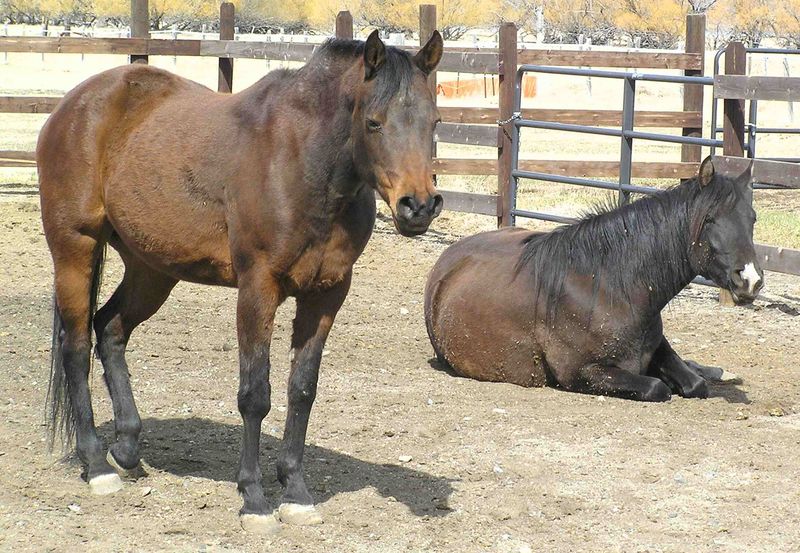
Horses have developed efficient rest cycles, allowing them to alternate between short naps and periods of alertness. This pattern ensures they get enough rest without compromising safety.
These brief sleep intervals are complemented by their ability to remain standing, maximizing their ability to respond to threats. Their sleep cycles are finely tuned to their needs and environment.
Efficient rest cycles are a hallmark of their evolution, reflecting how they have adapted to balance rest with vigilance. This strategy allows horses to thrive in conditions that require constant awareness.
Muscle Memory
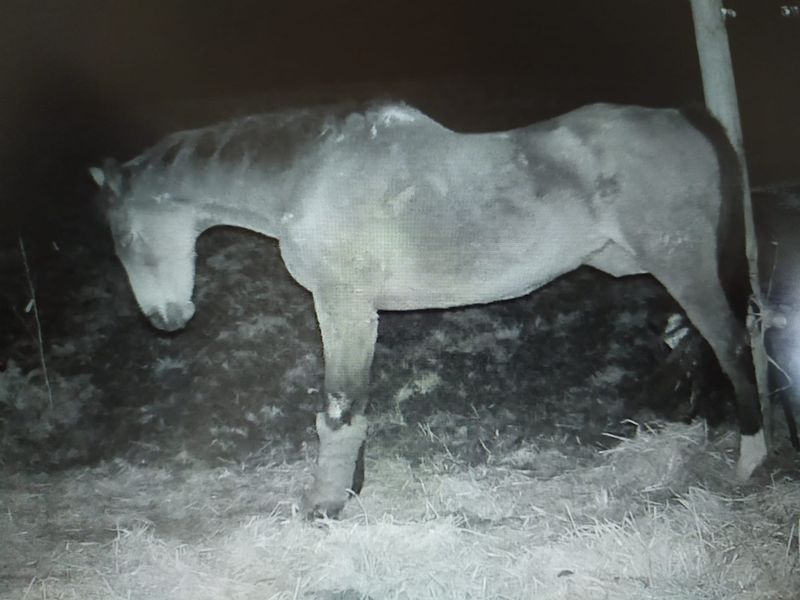
Muscle memory plays a crucial role in a horse’s ability to sleep standing up. Their bodies are conditioned to maintain balance without conscious effort, thanks to repetitive movements and posture habits.
This adaptation allows them to relax major muscle groups while standing. Their legs remain stable, supported by the stay apparatus, ensuring they don’t collapse during rest.
Muscle memory is an example of how horses have adapted through physical conditioning and repetition, enabling them to rest effectively without lying down. This unconscious control is vital for their survival.
Adaptive Physiology
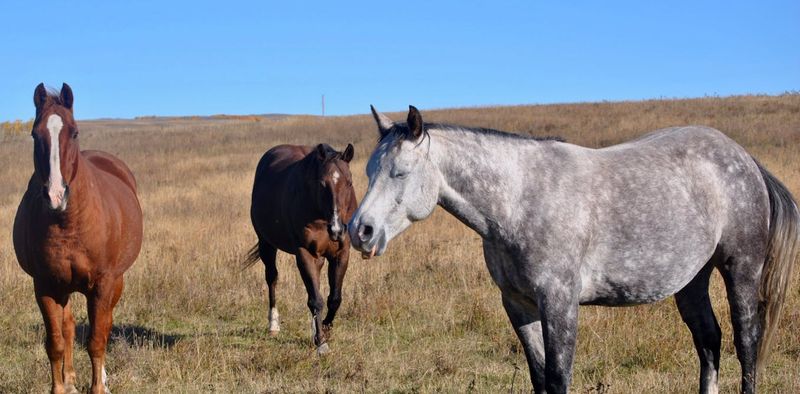
The adaptive physiology of horses includes several anatomical features that facilitate standing sleep. Their legs are designed to lock in place, reducing the effort needed to remain upright.
This physiological adaptation is essential, as it allows them to rest without expending unnecessary energy. The locking mechanism is a key component of their stay apparatus, showcasing their evolution.
Adaptive physiology demonstrates how horses have evolved to meet their survival needs. By resting efficiently, they maintain energy reserves, ensuring they can respond to threats and environmental challenges with agility and strength.

